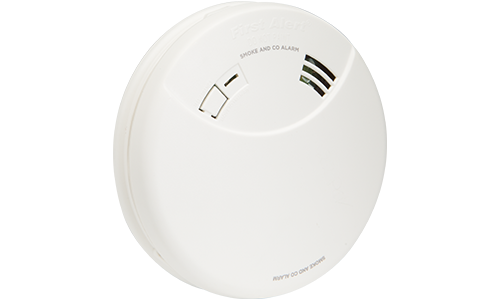Carbon Monoxide (CO) Awareness
1. What Is Carbon Monoxide?
Often called "the silent killer," carbon monoxide (CO) is an odorless, tasteless, and invisible gas that is highly poisonous to humans and animals. This dangerous gas is created when fuels such as gasoline, propane, coal, or wood are burned in an area without adequate ventilation. In enclosed environments, such as apartments, hospital rooms, offices, garages, or workshops, exposure to carbon monoxide fumes can easily become lethal. According to the Centers for Disease Control (CDC), carbon monoxide claims the lives of hundreds of people each year and makes thousands more ill.
2. Where Does Carbon Monoxide Come From?
Carbon monoxide is created when carbon-based fuels such as gasoline, propane, coal, and wood are burned. If not properly ventilated, dangerous carbon monoxide fumes can build up. In high concentrations, carbon monoxide can be fatal.
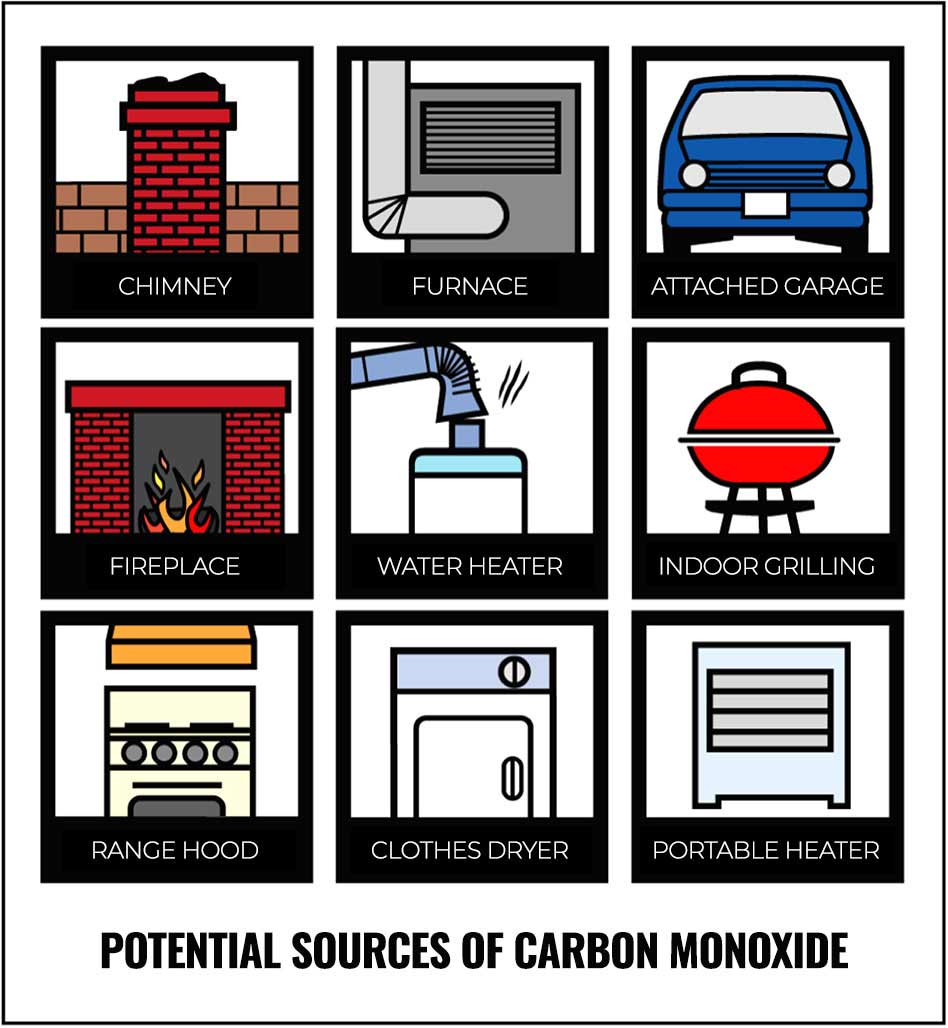
3. How To Protect Your Facility
Having carbon monoxide alarms properly placed throughout your facility will help detect unsafe levels of carbon monoxide. Carbon monoxide can be deadly in just minutes if left undetected. Having working carbon monoxide alarms alerts everyone to potential danger. Many states and municipalities require the installation of carbon monoxide alarms by law.
If you already have CO alarms on site, be sure to inspect all CO alarms at least twice a year, replace batteries (if required) and look for any signs of tampering. CO alarm sensors expire over time and should be replaced every 7 to 10 years, as required by the manufacturer or state and local laws.
4. How To Know If It's Time To Replace Existing CO Alarms
The Chirp – Alarms may emit an end-of-life signal or "chirp" when the sensors have expired.

The Date – Proactively check the back of the alarm for the manufacture date. If the alarm is coded 2011 or earlier, the alarm may need to be replaced.

5. Types Of CO Alarms
Know which alarms are best for your property, where to install them, and how to maintain them. Check and understand local and state requirements. Your facility may require a specific placement and type of CO alarm.
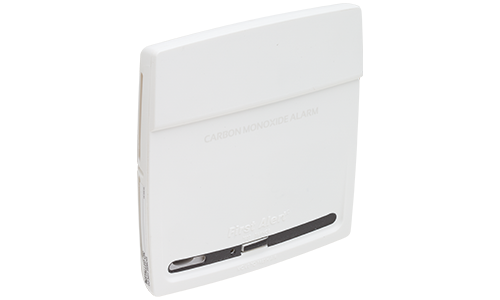
10-Year Sealed Battery – Battery does not need to be changed for the life of the alarm. Sealed battery alarms also help ensure the alarm is always on and working.
Shop Now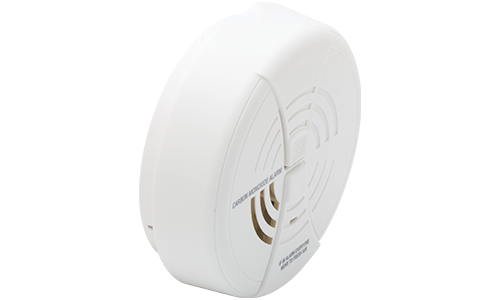
Replaceable Battery – Requires battery changes twice a year. The benefit of these alarms is that they are easy to install and are usually the least expensive.
Shop Now
Hardwired – Hardwired alarms have wires that connect directly to the facility's electrical system.
Shop Now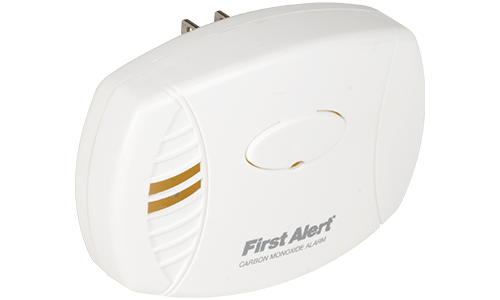
Plug-In – Some CO alarms can be plugged directly into an outlet, and many may also have a replaceable battery backup to ensure the alarm works during power outages.
Shop Now
Interconnectable – This type of CO alarm can be interconnected by wires or wirelessly. If one alarm detects carbon monoxide, all interconnected alarms will sound.
Shop Now6. State And Local Legislation May Require Carbon Monoxide Alarms At Your Facility
Because of the inherent danger of carbon monoxide poisoning, many states and municipalities have legislation requiring facilities to have carbon monoxide alarms installed and routinely replaced.
To better understand your state's carbon monoxide alarm laws and legislation, as well as potential future changes, click anywhere on the map below for up-to-date requirements.
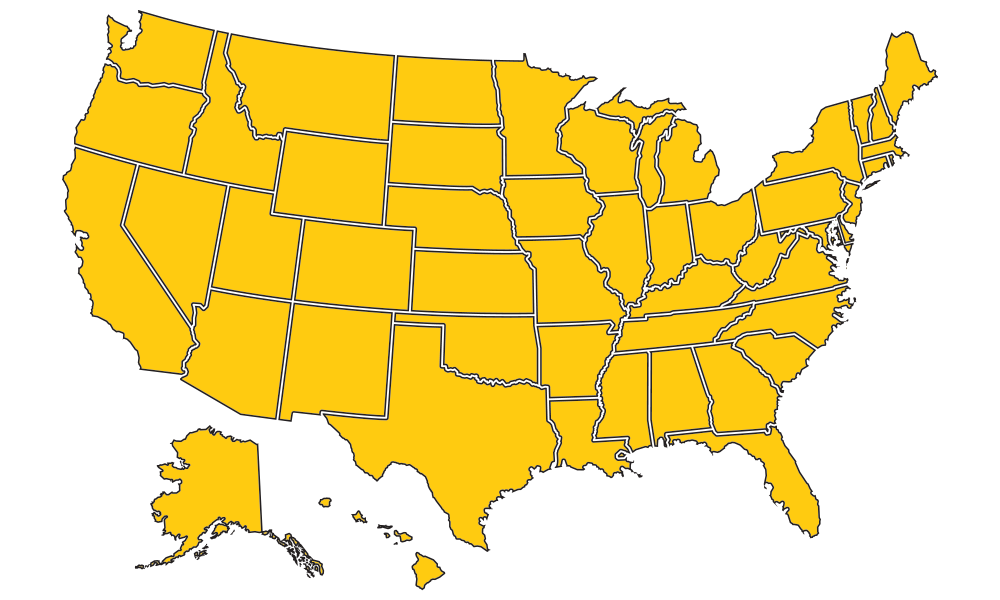
NOTICE: Alarm requirements vary by state. This information is a summary interpretation and was prepared as general reference material only. This summary is not authoritative, as laws can be amended over time. For specific compliance requirements and updates, please refer to the actual code language and the statute or consult legal counsel.

